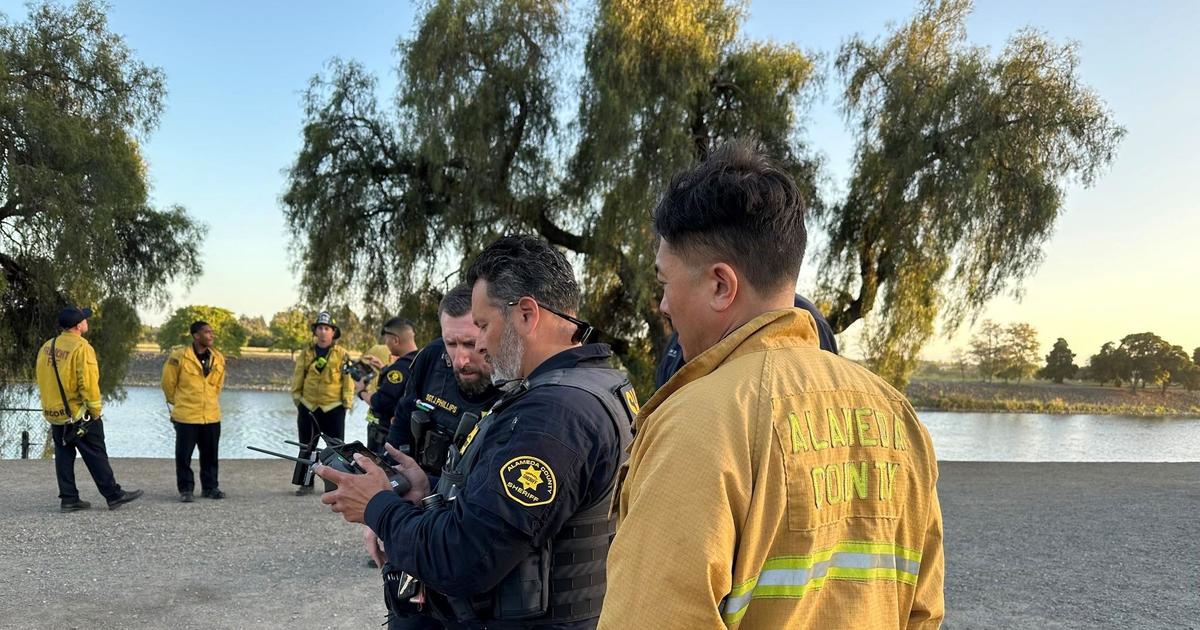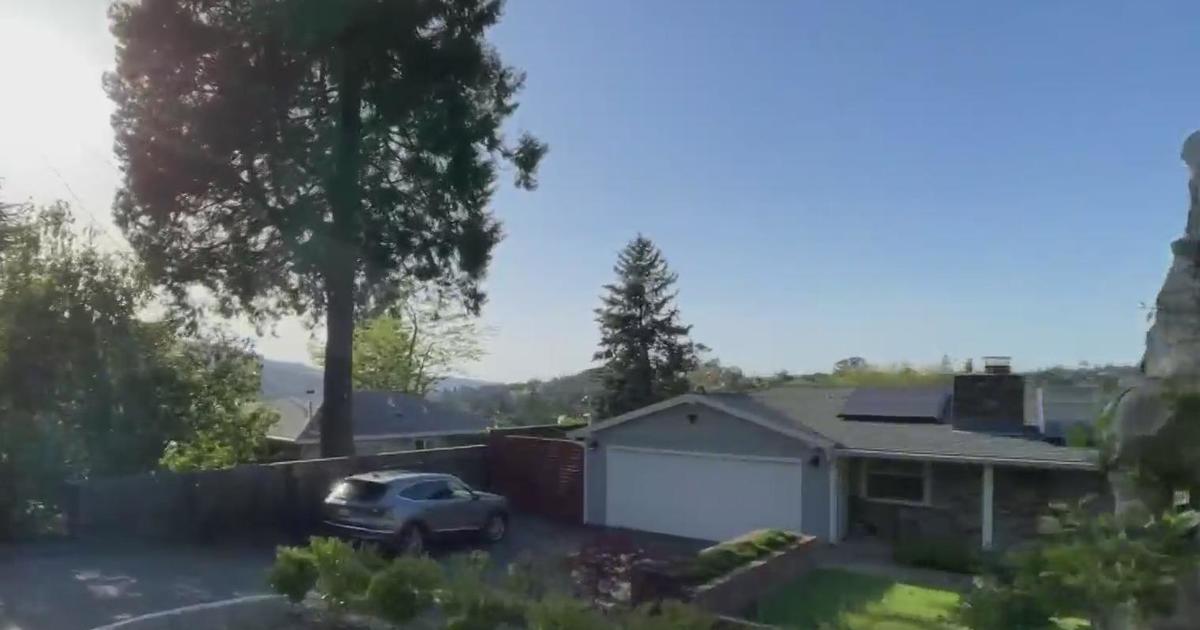Crab poachers using rideshare drivers to get to beaches near Half Moon Bay, Fish and Wildlife says
The crab fishing season has followed an uncertain schedule in recent years, often starting later or ending early because of various environmental conditions. But the beaches near Half Moon Bay have become a haven for poachers, and some are using an unusual form of transportation to get there.
Tunitas Creek Beach used to be privately owned and was known as a major party location. But when it passed to San Mateo County, law enforcement began cracking down on illegal activity.
"One of those activities that was occurring at night was taking Dungeness crab," said Lt. James Ober, with the California Department of Fish and Wildlife.
Ober said things seemed pretty calm until this summer, when hordes of people began showing up at night to illegally poach the crabs as they moved up into knee-high water on the beach.
"Last year, we didn't see anywhere near as many people. Maybe a couple people each weekend," said Ober. "But this year, every weekend we'd see groups on multiple beaches, large numbers of groups, whole families coming out."
Normally, they would have to park on the side of the road, a dead giveaway since Tunitas closes at sunset. But Ober said they were surprised to find poachers on the beach with no cars anywhere near the area.
"We asked them how they had gotten there and groups that night said that they had used Uber to get there," he said. "And we asked them how they were going to get home, and they said they were going to call an Uber to go home, too."
Ober said, in the last couple of months, they have issued more than 200 citations and released more than 700 Dungeness crabs back into the ocean. That matters because the only reason the females are so close to shore is that they're coming in to spawn and lay their eggs.
One female can carry up to 2 million eggs, resulting in several hundred live offspring. John Barnett, with the SF Crab Boat Owners Association, said taking crab that early in the season is a thoughtless waste.
"They are starting to eat, and they aren't a good product to harvest, and they need to get that weight on them so they can lay eggs," said Barnett. "Anytime someone takes any species — crab, salmon, tuna, halibut — out of season, there's a great impact because the seasons are created to try to give the bio-mass time to reproduce."
"And it would have a major impact, not so much on this fishery season, but in the next two- to three-year fishery," said Lt. Ober.
He said they're not sure people know that, so they're hoping some education might help. But it's pretty clear those who arrived by Uber knew what they were doing and that's why wildlife officials are keeping a close eye on the beaches at night.
The normal start of the recreational crab season is the first Saturday in November: Nov. 4 this year. That date is chosen because most females will have laid their eggs and gone back out to sea by then.




